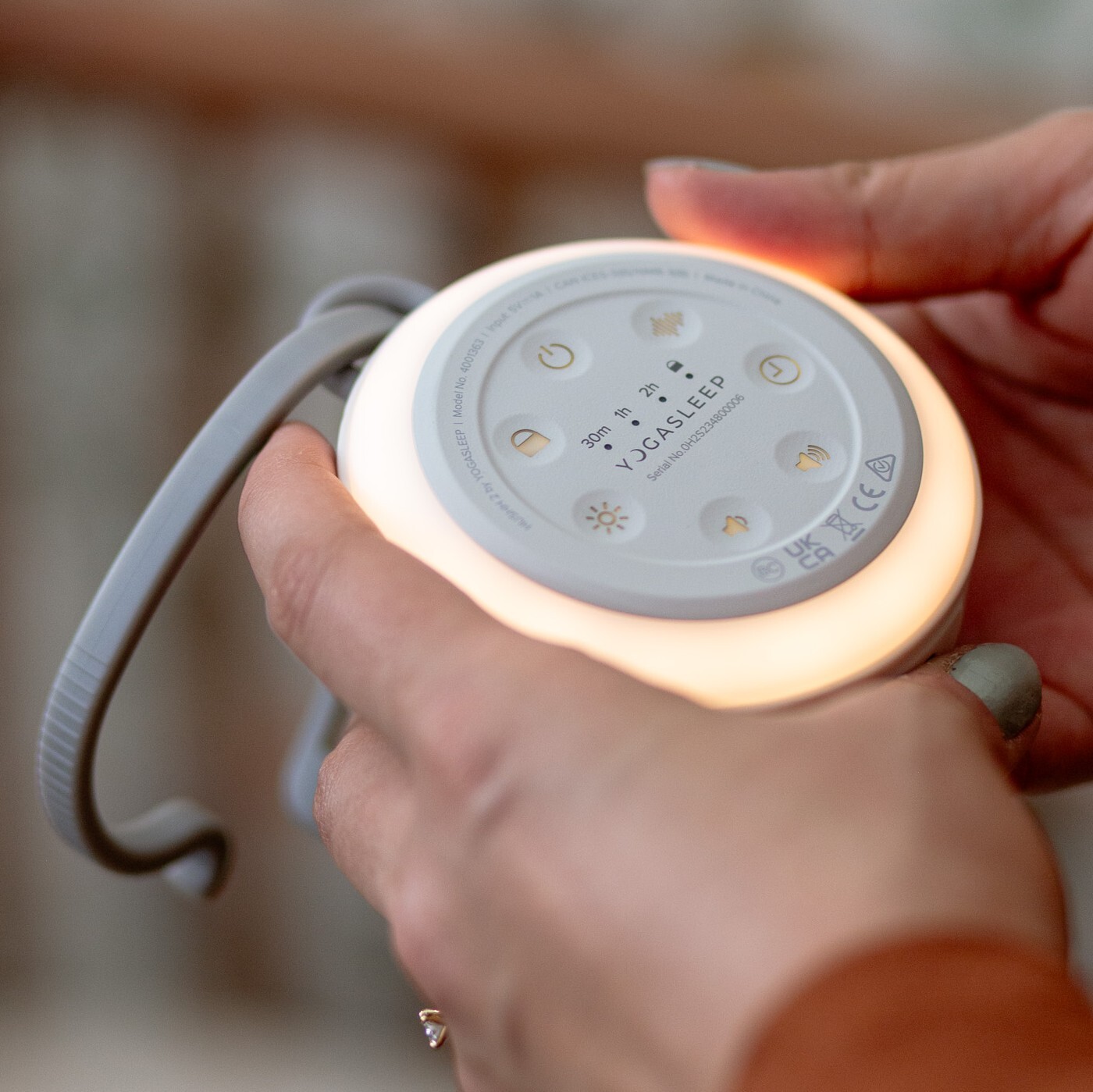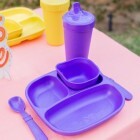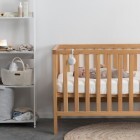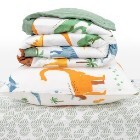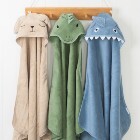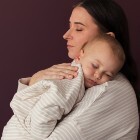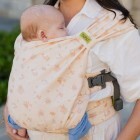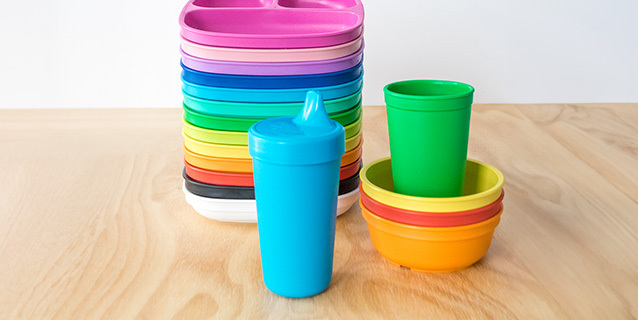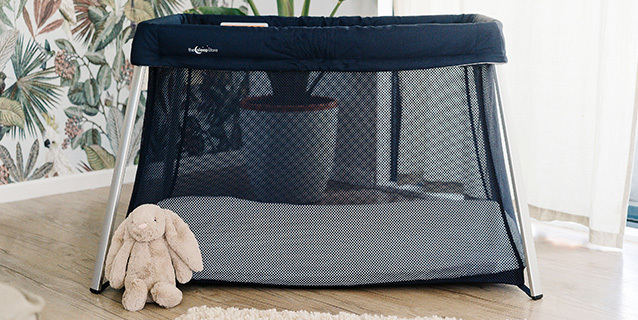At The Sleep Store we're here to support and guide you to decide what is best for YOUR family. Since 2006 we've helped thousands of families find the sleep solutions they need. In this article, you’ll find a number of different techniques and terms that we use across our articles and Sleep Support Groups when it comes to teaching your baby to self settle. Hopefully this will give you a quick insight into what each of these mean, an overview of what is involved, and where applicable links for further information on this technique.
We see a lot of terminology used when we are talking about encouraging or teaching babies how to self-settle. For clarity, here are a few of the main ones and what we mean when we refer to them.



